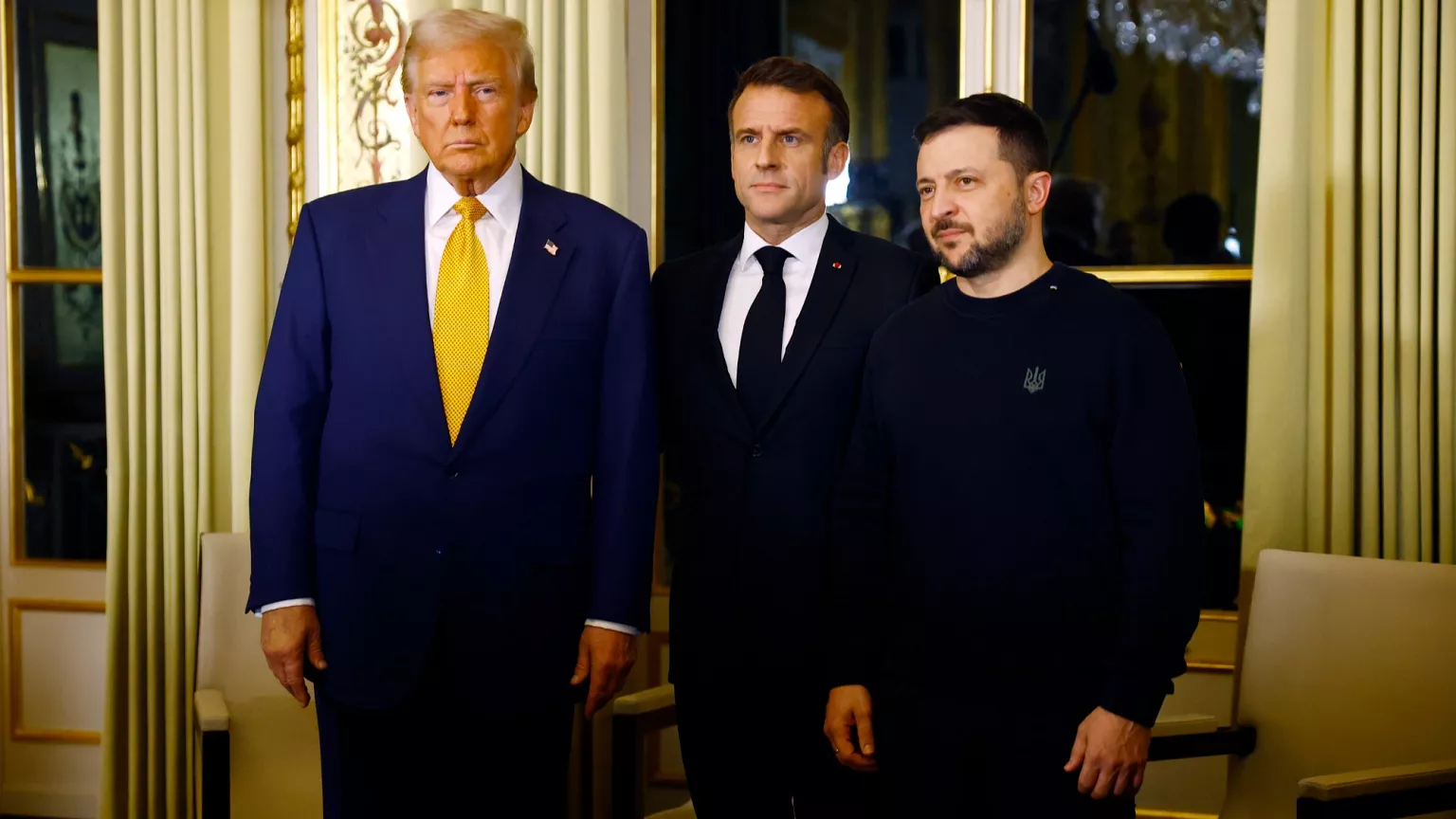European leaders are preparing to join President Volodymyr Zelenskyy in Washington on Monday, where the Ukrainian leader will sit down with U.S. President Donald Trump for what is being billed as one of the most consequential meetings since Russia’s full-scale invasion began.
The cast of visitors is unusually heavyweight: NATO’s Secretary General, Mark Rutte; European Commission President Ursula von der Leyen; France’s Emmanuel Macron; Britain’s Keir Starmer; Germany’s Friedrich Merz; Italy’s Giorgia Meloni; and Finland’s Alexander Stubb. Their joint appearance is designed to send a message as unmistakable as it is deliberate—that Europe, fractured on many issues, is determined to show unity when it comes to Ukraine.
For Zelenskyy, the symbolism could not be clearer. Fresh from talks in Brussels with Ms. von der Leyen, he arrived at the European Commission with a singular agenda: to set the tone before entering the White House. Their discussions, aides said, focused on long-term military aid, Ukraine’s aspirations for EU membership, and a broader strategy to stiffen transatlantic solidarity against Moscow.
Read also: Ceasefire Talks: Trump Willing To Meet Putin, Zelenskyy
At their press conference, Ms. von der Leyen stood firmly beside him. “We will continue to support you for as long as it takes,” she told reporters, adding that the EU was readying a 19th sanctions package if the Kremlin refused to step back. She also floated the idea of a trilateral framework—Ukraine, the United States, and Russia—to break the current stalemate.
Zelenskyy, however, appeared cautious. “Since the territorial issue is so important, it should be discussed only by the leaders of Ukraine and Russia, with the United States present,” he said. He stressed that Moscow had shown no willingness to engage in such talks.
The Washington meeting comes just two days after President Trump’s headline-making summit with Vladimir Putin in Anchorage, Alaska. There, Trump abandoned his earlier push for a ceasefire and instead spoke of a “final peace deal.” The Russian president, he claimed, was willing to end the war if Kyiv surrendered “key territory.” Trump bluntly suggested Ukraine should consider the offer, remarking that “Russia is a very big power, and they’re not.”
The comments sent ripples through Europe and Ukraine alike. For Kyiv, such talk threatens to undercut its red line—never to cede land occupied by Moscow. For Europe, it raised uncomfortable memories of 20th-century compromises that redrew borders at the expense of smaller nations.
Mr. Zelenskyy, speaking in Brussels, made his rejection plain. “No Ukrainian land is up for barter,” he said. Standing beside European leaders, he insisted that Kyiv and its allies would not yield on sovereignty, no matter how tempting a shortcut to peace might appear.
The high-stakes choreography now shifts to Washington, where Mr. Zelenskyy will not be arriving alone but flanked by Europe’s most powerful voices. The message, one diplomat noted, is meant as much for Mr. Trump as for Mr. Putin: the war in Ukraine is not a bilateral inconvenience to be negotiated away but a continental crisis that has bound allies closer than they have been in decades.

